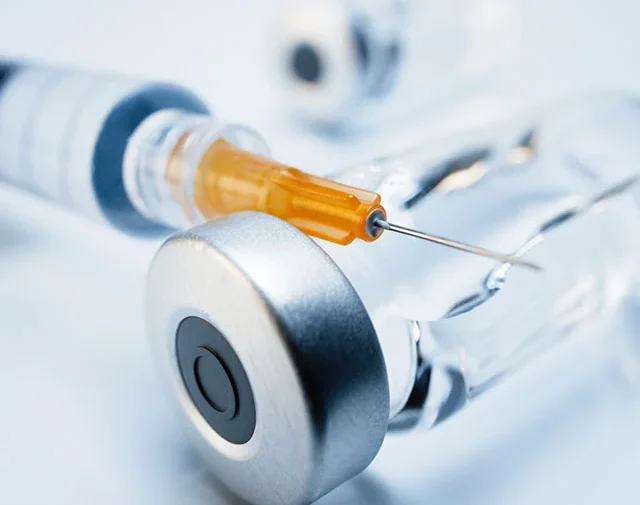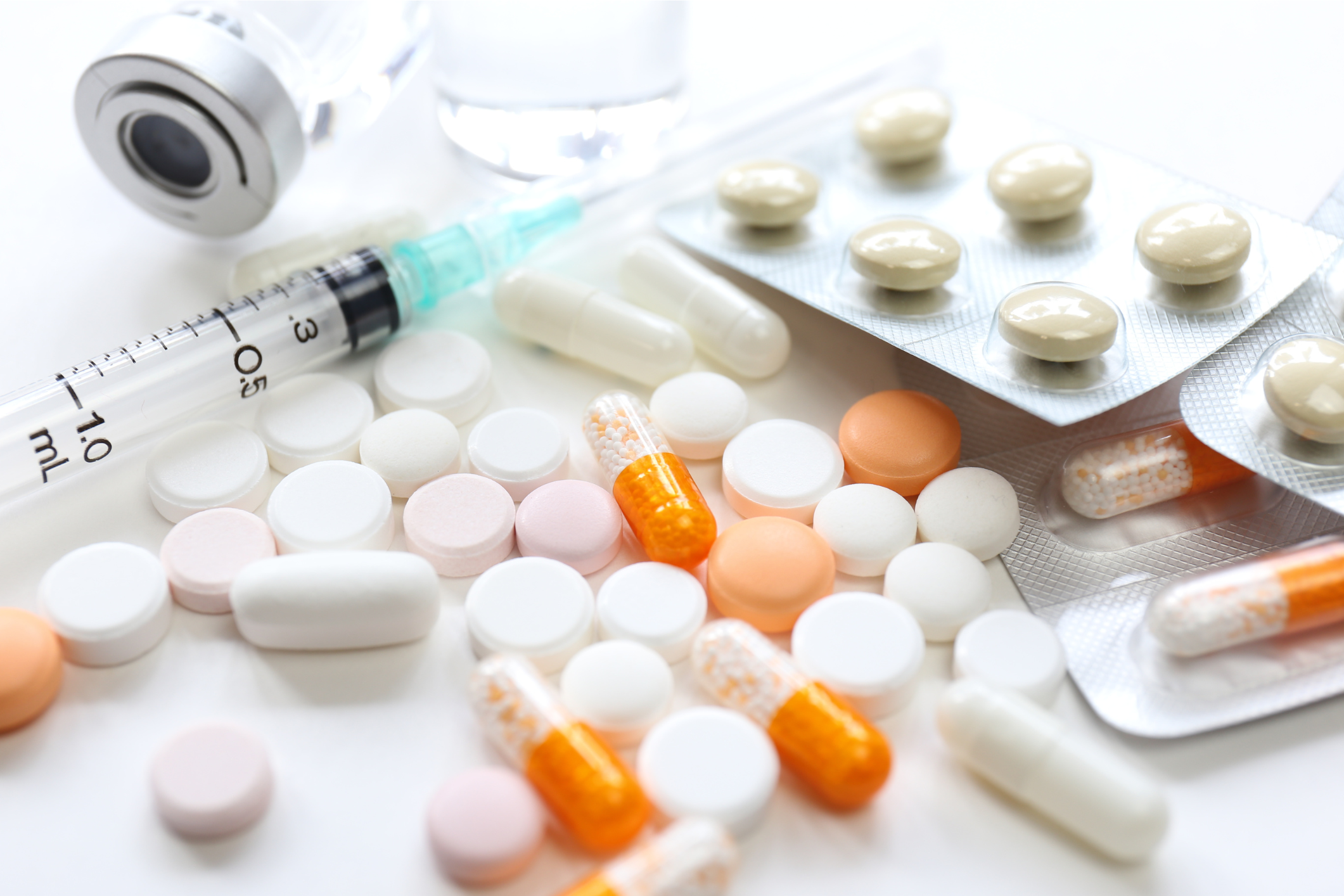We have received numerous requests to review the principles of clomiphene (Clomid, Serophene, others) use in ovulation induction in the treatment of infertility in the physician’s office.
Indications:
Clomiphene is a selective estrogen receptor modulator. Its basic action is to block the negative feedback of estrogen on the brain, so the pituitary releases FSH and LH, and Follicle development occurs. If the hypothalamic-pituitary unit is functional, Ovulation should occur.
However, clomiphene will fail with hypothalamic or pituitary dysfunction, or resistant or failing ovaries. Therefore, the use of clomiphene should be limited to either women with low luteal Progesterone levels, irregular cycles, long cycles, or no cycles, who withdraw to a progestin challenge.
It may be used empirically in cycling women as well. Even more importantly, clomiphene should not be used in any woman 40 years old or more; in fact studies have shown a very poor return in women over 37; these older patients should be treated by a reproductive endocrinologist using gonadotropins for either ovulation induction or ovarian Stimulation.
Risks & Limitations:
The use of clomiphene should only follow a complete fertility evaluation of the couple: day 3 Hormone levels (Ultrasound, if available), radiologic or sonographic evaluation of the Uterus and tubes, and a Semen Analysis. Conditions in which a referral should be prompted are any abnormalities of these tests or a patient age of 40 or older.
Clomiphene will have predictable adverse effects on the Cervical Mucus and Endometrium; the lowest dose that causes ovulation should be maintained for no more than 3 cycles. The use beyond that point is unwarranted unless ultrasound monitoring and intrauterine insemination are added. If these modalities are used from the start, 3 cycles are enough.
If the patient develops side-effects, as minor as nuisance hot flashes to serious ones like headaches and visual changes, the dose should be reduced. If side-effects are persistent, clomiphene treatment should be abandoned and a referral should be considered for injectable drugs.
It should be kept in mind that the risk of a twin pregnancy with clomiphene treatment is about 10%, but higher order gestations are rare, as is overstimulation.
Dosing:
If a patient doesn’t ovulate on a starting dose of 50 mg for 5 days, consider reducing the dose to 25 mg, or extending the number of days to 7, rather than increasing the dose at 50 mg increments as is traditional. Very few patients conceive on 150 mg or more, so that if 100 mg for 7 days fails, referral for gonadotropins is indicated.
If ovulation is proven (midluteal progesterone > 4 ng/ml) but the level is low (< 10 ng/ml), the addition of progesterone, post ovulation, allows for the lowest clomiphene dose to be used, but still supports a possible Implantation. Always be sure the patient is not pregnant and has no residual ovarian enlargement before starting, or continuing, clomiphene therapy. Although the standard timing is taking the clomiphene for 5 days starting day 5, an earlier start in women with shorter cycles and a later one with longer cycles, is effective.




